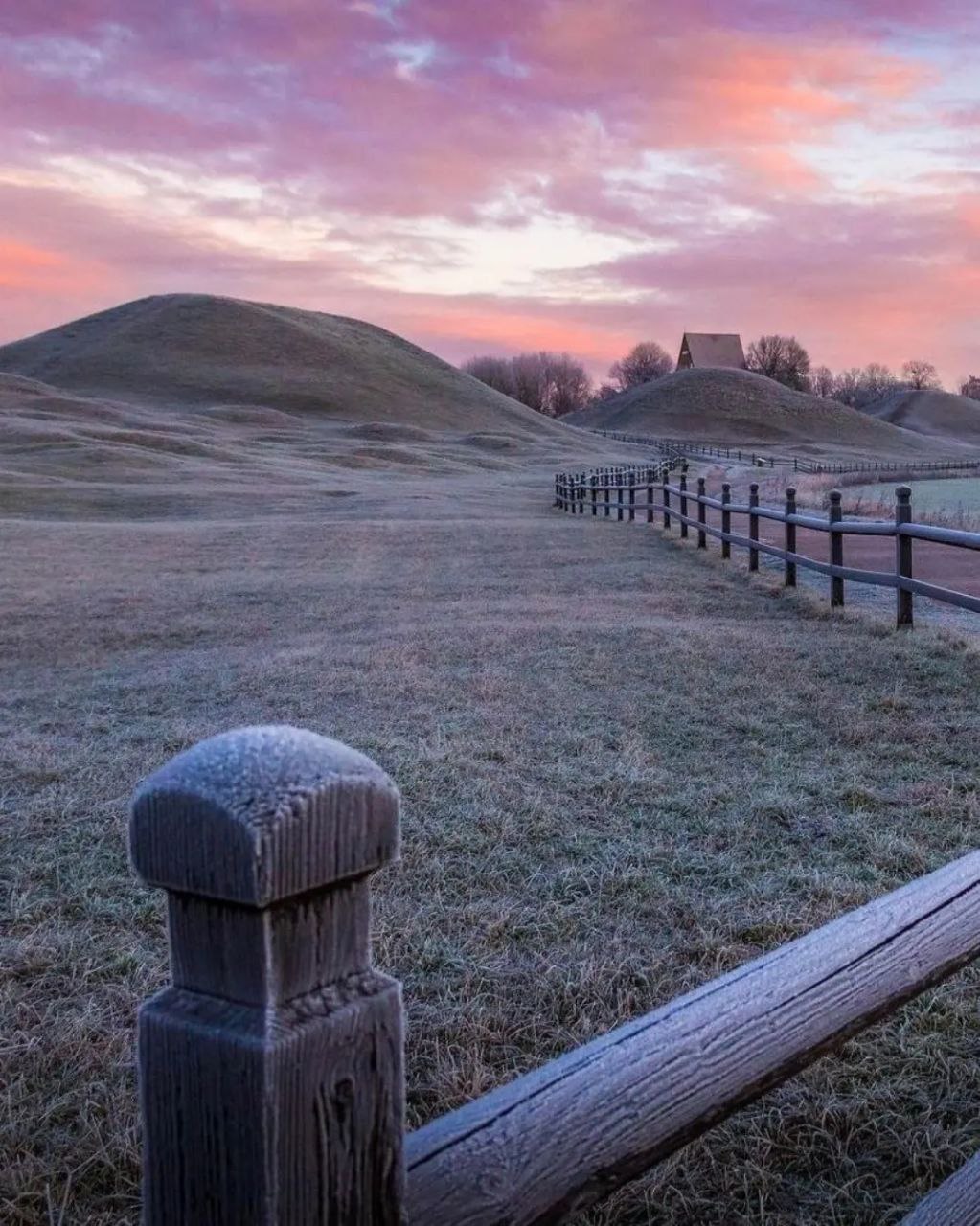🌕 Dísablót & Disting is an ancient tradition that is considered to have taken place today – at the third full moon after the new moon, after the Winter Solstice in Uppsala, Sweden. The blót was held to show reverence for Spring, to ensure good fertility and harvest for the coming year. Several gods are worshiped, mainly the Dísir – female goddesses of fate in our Norse mythology, whom can be both benevolent and evil. A dís exist for example the night, the wind and the rain – Skaði is sometimes associated with the winter dís.
🌕 Dísablót is one of the most famous blóts and like Hókunótt/Midwinter/Juólblót also one of the most misunderstood. According to the Heimskringla Saga, this Swedish tradition is “as old as Heathenry itself”. Disting was taking form of a large market (named after the Dísir), which is still is held today at Vaksala Torg in Uppsala, Sweden. Trading, councils, and blót was conducted at the Disting, and it was threefold: a great sacrifice for peace and victory for the king, a general meeting with representatives from all Swedish provinces and a large market. The Disting was also called “Alla Svears ting” (The Council of All Swedes), which originally just stood in connection with the pre-Christian Dísablót. After the Christianization of Scandinavia, this pagan tradition continued, but was later moved to the Christian holiday of Candlemas with start at the beginning of February instead.
🌕 The dates of the Disting were linked to the phases of the moon according to an old rule preserved in medieval texts. Tacitus had already pointed out that important meetings among the Germanic peoples must take place at the new -or full moon. Disting was usually started at full moon because the light from the moon facilitated travels to Uppsala. In the Icelandic sources it is also mentioned that Dísablót was performed in connection with Winter Nights.
🌕 Beautiful ancestral photo of Old Uppsala: according to the legend, the Kings of Uppsala, Aun (reigned around 450-500 AD), Egils and Adils are buried in these three large royal mounds. Old Uppsala is considered to be one of the main pagan cultural heritages in our ancient Sweden, known for this three large burial mounds and the history of this ancient tradition. Blessed Dísablót!

